“A number of blind men came to an elephant. Somebody told them that it was an elephant. The blind men asked, ‘What is the elephant like?’ and they began to touch its body. One of them said: ‘It is like a pillar.’ This blind man had only touched its leg. Another man said, ‘The elephant is like a husking basket.’ This person had only touched its ears. Similarly, he who touched its trunk or its belly talked of it differently. In the same way, he who has seen the Lord in a particular way limits the Lord to that alone and thinks that He is nothing else.”
This story is told in many cultures all over the world – see other versions HERE
INTRODUCTION:
It is difficult to exaggerate the importance of story/narrative, both in life generally and in my SunWALK model in particular. We are a set of stories. We live in sets of community-stories. We mature according to the stories to which we subscribe. Planning is just a projected narrative. The past we choose to have is a story adjusted.
In the SunWALK (human-centred studies) model stories are
the glue that makes of the parts a whole
the means for structuring experience in communities
bridges for the flow of culture
the primary act of mind
sources of healing and mystical at-one-ment and connective flow
sources of imagination and creativity
the means by which we come to understand who we are and what we represent
where the three forms of truth-telling can come together – the poetic, the objective and the moral
the means for constructing education cetred on being human, in the world with others
the means for creative the curriculum framework
STORY and NARRATIVE:
Stories Lives Tell; Narrative and Dialogue in Education is a study of the centrality of narrative in the work that teachers and other educators do. The three themes of the book are central to the SunWALK model. They are: that story and narrative are primary tools in the educator’s work; that education requires one to take seriously the quest for life’s meaning and the care for persons; and that narrative and dialogue can serve as teaching and learning models that transcend the boundaries of disciplines, professions, and cultures.
Witherell, Carol and Noddings, Nel, (Eds.) (1991) Stories Lives Tell; Narrative and Dialogue in Education, NY: Teachers College Press
MYTHS:
“…man is in his actions and practice, as well as in his fictions, essentially a story-telling animal” MacIntyre takes the view that we/humanity are in the midst of a story & that is through the story/ies that we understand each other and ourselves. MacIntyre p 201
Storytelling according to Chinua Achebe, the Ibo novelist is “the basis of our existence – who we are, what we think we are, what people say we are, what other people think we are.” John Windsor The Inde 20.8.94
Myth is where the Muse lives – it is from here we get our creativity. We need to experience life as a poem.
Through mythology we are not seeking truth we are seeking an experience of being alive in a great wholeness. Aunt Jane.
All stories consist of – Exposition:Conflict:Resolution
Narrative has been described as a primary act of mind; children construct their world through story…. This process should be an active experience, involving questioning, problem solving, hypothesising and imagining.’ Cox Report English 5-11, Nov. 1988
FIRST SITUATION Man in the World and with The World, Nature and Culture – Freire
“Through the discussion of this situation – man as a being of relationships – the participants arrive at the distinction between two worlds: that of nature and that of culture. They perceive the normal situation of man as a being in the world and with the world, as a creative and re-creative being who, through work, constantly alters reality.” – Paulo Friere, p.63, Education: The Practice of Freedom
FROM ‘HARD TIMES’ a novel by Charles Dickens
This tells everything about holism, and the three voices of being human – the Creative ‘I’ voice, the Critical ‘I’ voice and the Caring-moral ‘WE’ voice;
“Its father as calls me Sissy , sir,” returned the young girl in a trembling voice, and with another curtsey.
“Then he has no business to do it,” said Mr Gradgrind. “Tell him he mustn’t. Cecilia Jupe. Let me see. What is your father?”
“He belongs to the horse-riding, if you please sir.” Mr Gradgrind frowned, and waved off the objectionable calling with his hand.
“We don’t want to know about that , here. You mustn’t tell us about that, here. Very well, then. Describe your father as a horsebreaker. He doctors sick horses, I dare say?”
“Oh yes, sir.”
“Very well then. He is a veterinary surgeon, a farrier and horse-breaker. Give me your definition of a horse.”
(Sissy Jupe thrown into the greatest alarm by this demand.)
“Girl number twenty unable to define a horse!” said Mr Gradgrind, for the general behoof of all the little pitchers. Girl number twenty possessed of no facts, in reference to one of the commonest of animals! Some boy’s definition of a horse. Bitzer yours.”…………………..
Bitzer,” said Thomas Gradgrind. “Your definition of a horse.”
“Quadruped. Graminivorous. Forty teeth, namely twenty-five grinders, four eye-teeth, and twelve incisive. Sheds coat in the spring; in marshy countries, sheds hoofs, too. Hoofs hard, but requiring to be shod with iron. Age known by marks in mouth.” thus (and much more) Bitzer.
“Now girl number twenty, said Mr Gradgrind. “You know what a horse is.”
SOME ADDITIONAL SOURCES
http://www.stevedenning.com/What_story.html
Ver: 8th July 2009

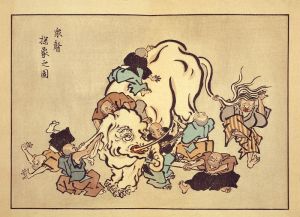

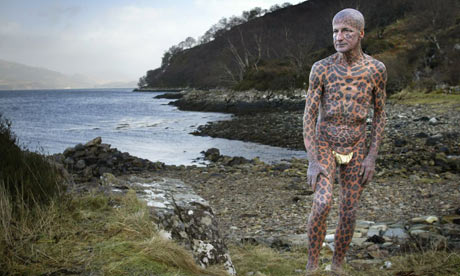

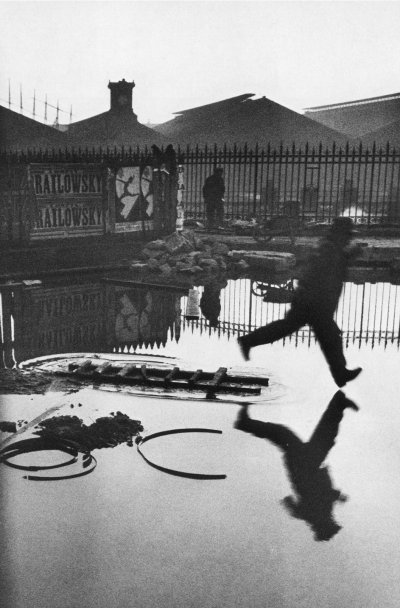 b)
b)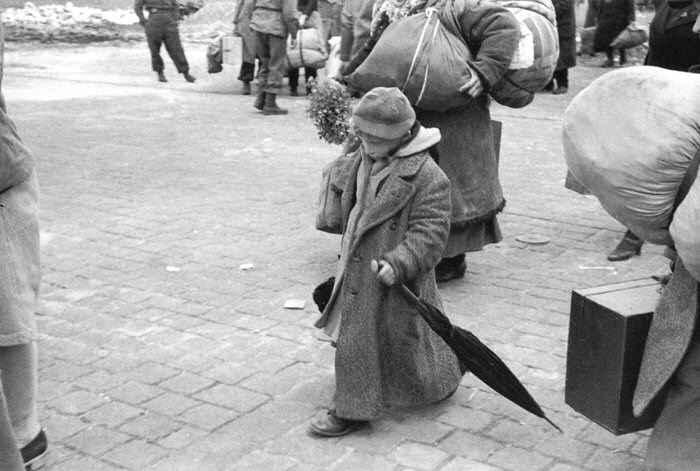
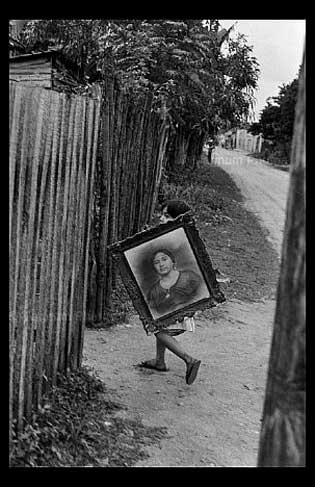 C
C